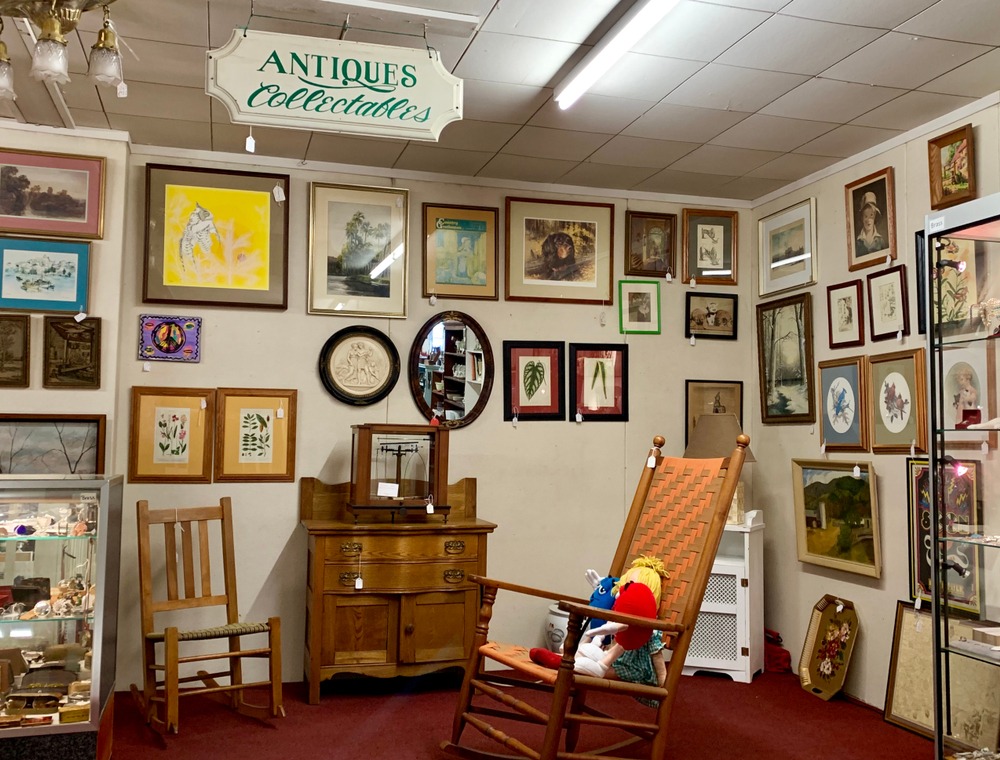Everyone has a different picture in their head when conceptualizing their dream home. While some may clearly understand what they want, others may only have a vague idea.
A few might have absolutely no idea at all, resonating with almost everything that looks halfway decent.
If you’re one of the latter two, don’t fret! It’s certainly possible to develop your own interior design style with a little bit of exploration and creativity.
Below are some tips on how to get a little bit more direction in your home decor:
1. Look at Design Magazines and Online Resources for Inspiration
The internet is a vast cauldron of images and ideas waiting to be discovered.
Unlike a physical magazine with its final page, design websites constantly update with the latest trends, so sifting through them is a great way to keep your finger on the pulse.
Start by curating a personal list of different design styles from sites like Pinterest that interest you.
Once you’ve gathered about 20 individual pieces, try to uncover what commonalities they share and what particular elements stand out to you.
Perhaps you’re drawn to lighter hues. Maybe elongated, geometric shapes speak to you.
Find a way to distill your taste down to a few base adjectives, then use those words as guidelines as you continue your search.
Once you’ve gathered an extensive list of images, you can start to cull the ones that don’t fit the overall style of your dream home and keep the ones that can potentially look cohesive together.
2. Define What Functionality You Need in Each Room
It’s usually ideal to outline the room you need to decorate first before finding inspiration images.
That way, you can make sure that the elements in your design serve a purpose and fit your project’s parameters.
The last thing you want is to overcrowd your room with excessive furniture or decor that gets in the way instead of adding to the ambiance.
For instance, if you’re looking to repurpose an empty room into a cozy reading nook, you might want to consider a room with lots of natural light, soft fabrics, and comfortable furniture.
On the other hand, if you’re buying a house, you’ll want to tally up how many bedrooms and bathrooms you’ll need and what kind of appliances your family will use daily.
By defining each space, you’ll be more mindful of the elements you’ll need to include in your design instead of becoming distracted by superfluous items that you may have chosen on impulse.
Adding smart home technology can also add a futuristic touch to each room. Imagine automation and convenience at your fingertips but with a style.
3. Dig Into Secondhand Stores for Decor

When you start a project from scratch, buying only the most appealing new items is tempting.
However, this can be fairly limiting as secondhand stores are packed with hidden treasures that have their own distinct character.
While your new home may look aesthetically pleasing, it can also feel a little bit bland if the decoration pieces are just your everyday furniture store items.
Adding a few vintage pieces like wall art pieces can help you achieve the perfect balance of old and new, giving your home a lived-in and refined look.
Don’t be afraid to mix and match pieces that seem like they’d go well together, like quality designer furniture and flea market finds!
By searching for goods in secondhand stores and flea markets, you can find interesting items for your home that won’t burn your wallet.
4. Look at Your Wardrobe for Inspiration
Your wardrobe is probably one of the places where you can most comfortably express your unique style.
As they say, fashion is a form of self-expression, so why not extend that same level of creativity to your home?
If you’re looking for inspiration on how to establish your own interior design style, start by looking into your personal sense of fashion.
Think about the colors, cuts, and silhouettes that make you feel confident and stylish.
Do you gravitate towards muted tones or bright hues? Do you prefer a more laid-back look, or do you like to dress up? Maybe classic and timeless pieces suit your fancy?
Once you’ve answered these questions, you can start to transfer these elements into your home decor.
5. Embrace White Space
When you first start designing, filling up every inch of your blank canvas with things you love can be tempting. However, this can often lead to a cluttered and overwhelming look.
Instead, try to work with negative space and use it to your advantage. By leaving some areas of your home free of furniture and decor, you can create a sense of tranquillity and peace.
Not to mention, it’ll be much easier to clean!
6. Choose Eye-Friendly Colour Tones
While you may be drawn to pick your favorite bold color, it’s important to consider how the tones will work together in your space.
After all, you’ll be looking at these walls and furniture daily, so you want to ensure that the colors are soothing and pleasant to the eye.
If you’re not sure where to start, neutral colors are always a safe bet.
Whites, blacks, and beige can be easily paired with other colors or patterns, so you’ll have plenty of room to experiment.
You can also consider using pale colors to make a small space appear larger or darker tones to add depth and dimension.



Comments are closed.